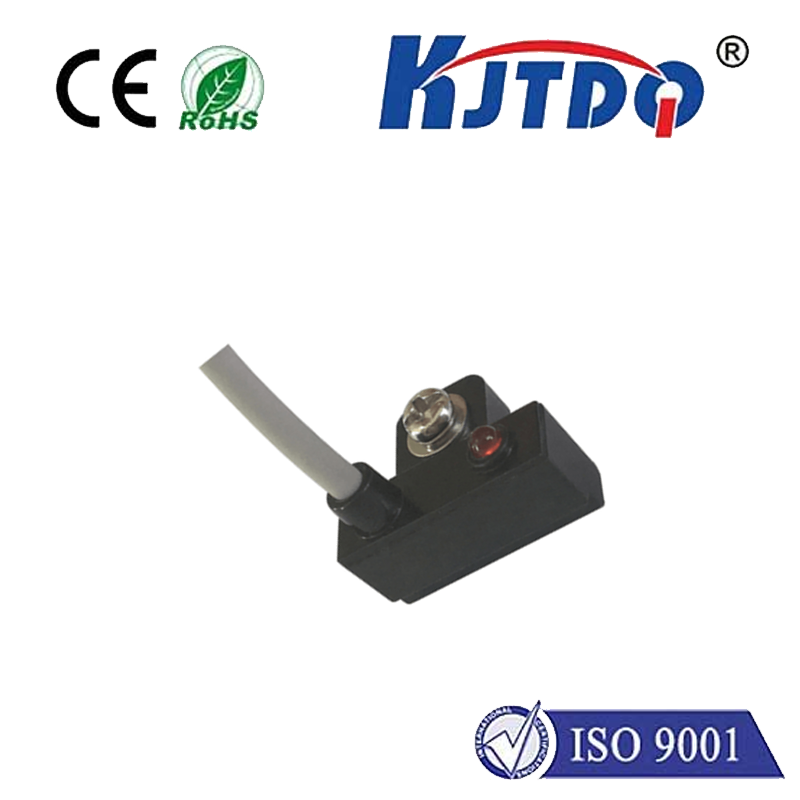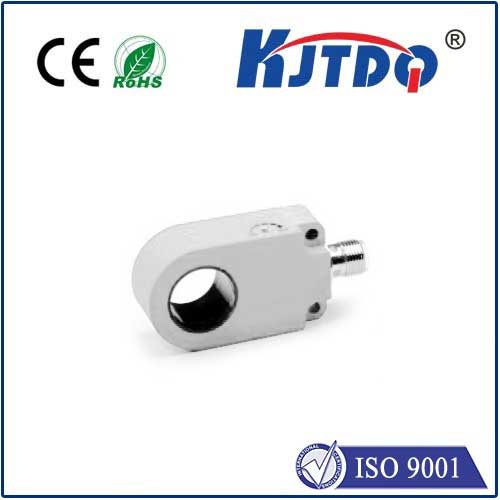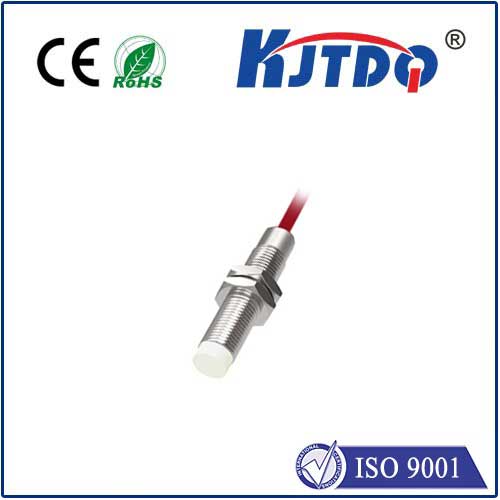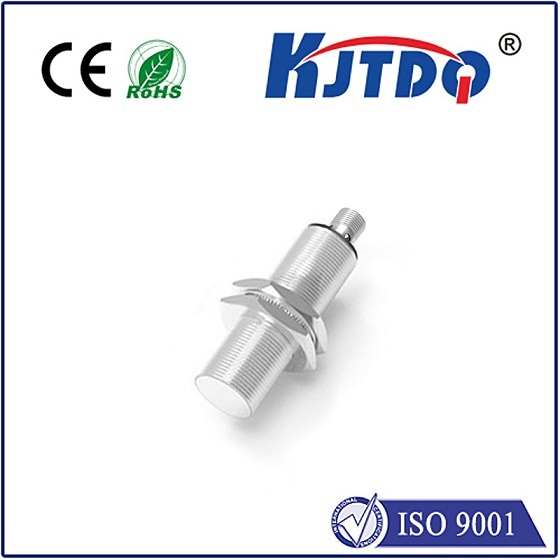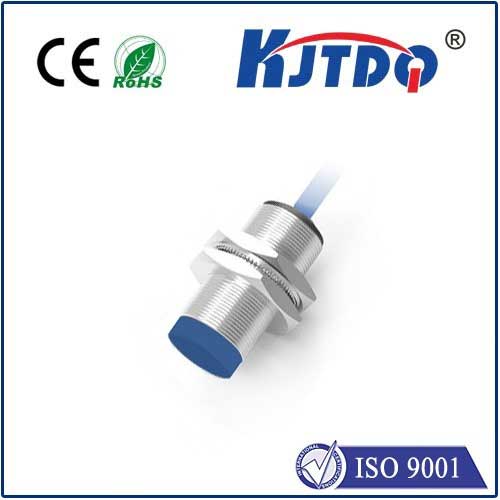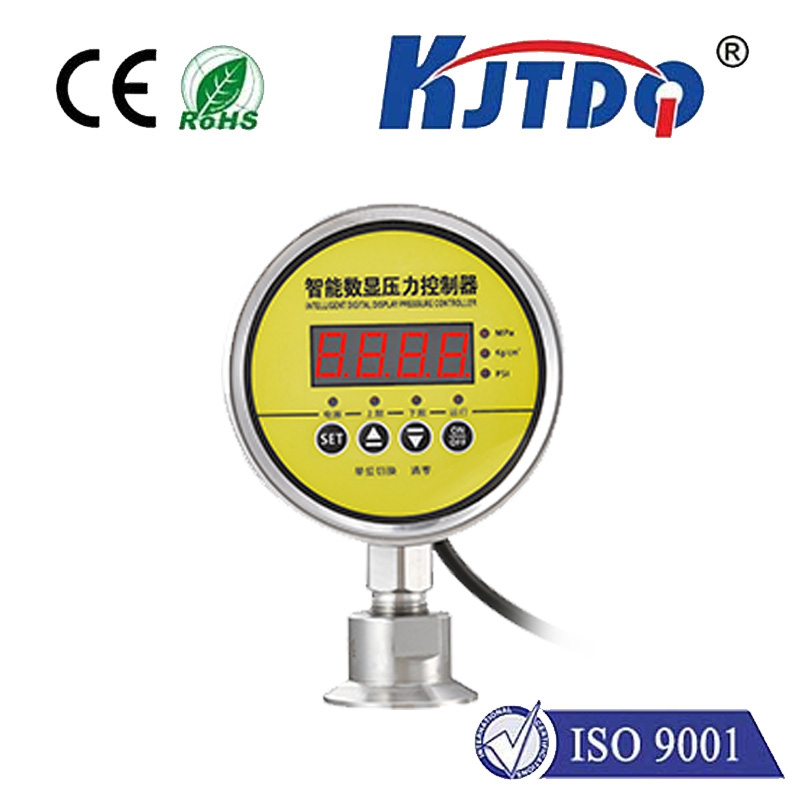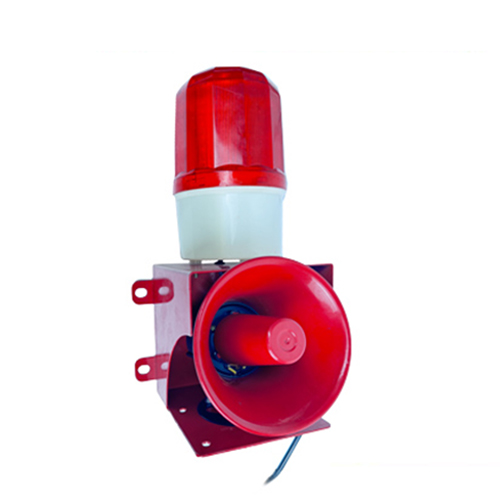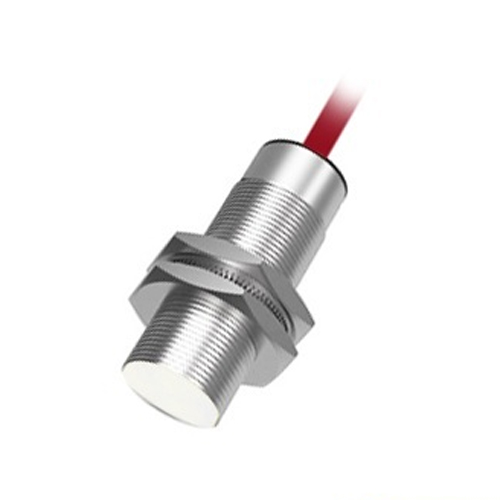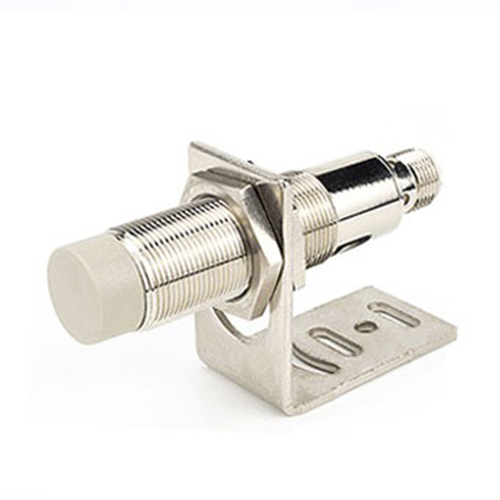

check

check

check

check

check

check

check

check

check

check
Introduction:
Linear speed sensors are a type of sensor that measures the linear velocity or distance traveled by an object. They have become an essential component in many industries, including automotive, aerospace, robotics, and industrial automation. In this article, we will explore the evolution of linear speed sensors, their working principles, applications, and limitations. We will also provide tips on how to choose and install linear speed sensors for optimal performance.
Section 1: The Evolution of Linear Speed Sensors
The concept of linear speed sensors can be traced back to the early 20th century when researchers began experimenting with different types of transducers to measure the speed of machines. The first linear speed sensor was developed in the 1940s, and it used a magnetic field to detect the rotation of a coil. Over time, advancements in technology have led to the development of more sophisticated linear speed sensors, such as optical sensors and infrared sensors, which offer greater accuracy and sensitivity.
Section 2: Working Principles of Linear Speed Sensors
Linear speed sensors work by converting rotational or linear motion into a measurable electrical signal. There are two main types of linear speed sensors: rotary encoders and linear position sensors. Rotary encoders use teeth or gears to count the number of rotations per unit time, while linear position sensors use a piezoelectric element to measure the distance traveled by an object. Both types of sensors generate an electrical signal that can be amplified, filtered, and converted into a numerical value for analysis.
Section 3: Applications of Linear Speed Sensors
Linear speed sensors are widely used in various industries due to their ability to provide accurate and reliable measurements of motion. Some common applications include:
- Automotive industry: Linear speed sensors are used in automotive systems such as steering, braking, and transmission to monitor the speed and direction of wheels.
- Aerospace industry: Linear speed sensors are essential components in spacecraft guidance and control systems, as well as in wind turbines for precise positioning and control.
- Robotics: Linear speed sensors are used in robots for tasks such as navigation, obstacle detection, and assembly line operations.
- Industrial automation: Linear speed sensors are used in factories for monitoring production processes and controlling machinery.
Section 4: Selection and Installation of Linear Speed Sensors
When selecting a linear speed sensor for your application, consider factors such as accuracy, resolution, temperature tolerance, and power consumption. It is also important to ensure that the sensor is compatible with your system and can be easily installed without interfering with other components. For installation, follow the manufacturer's instructions carefully and make sure that the sensor is securely fastened to prevent vibration damage.
Conclusion:
Linear speed sensors have come a long way since their inception and have played a crucial role in various industries. By understanding their working principles and applications, you can make informed decisions when selecting and installing linear speed sensors for your specific needs. With continued advancements in technology, we can expect to see even more sophisticated linear speed sensors emerge in the future.
